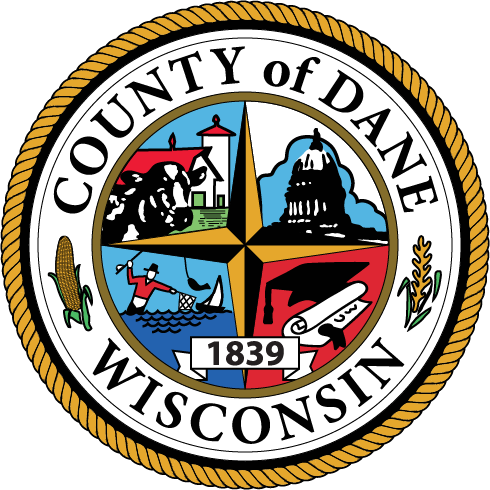Welcome to the Dane County Department of Planning and Development
The Dane County Department of Planning and Development reviews development activities within the unincorporated areas of Dane County and administers the Dane County Ordinances related to planning and development activities. Additionally, the department maintains property information throughout Dane County and assists residents and communities with complex planning issues.
The Department is organized into three divisions: Zoning, Planning, and Land Records and Support.




Track ownership transfers, maintain tax parcel databases for Dane County (except City of Madison) and maintain survey records for the entire county.
Learn More



